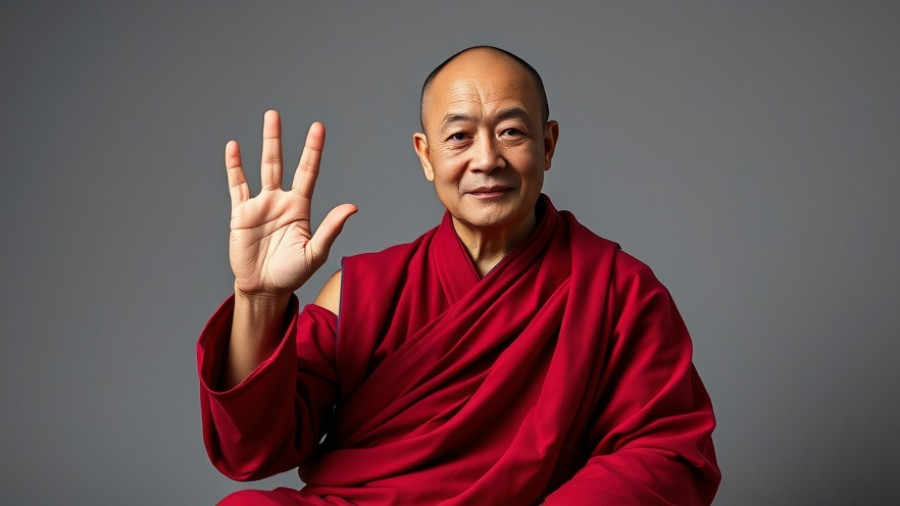
Understanding Emotions: A Path to Clarity
In the journey of life, emotions often serve as both guiding lights and heavy burdens. As Yongey Mingyur Rinpoche illuminates, anger, jealousy, and pride can cloud our minds, obstructing our true nature. Yet, instead of shying away from these feelings, we can embrace them, transforming our emotional challenges into pathways to a more profound understanding of self.
Three Practical Methods to Engage with Emotions
According to Rinpoche, there are three significant approaches to working with emotions: removing, transforming, and transcending. Each method offers unique strengths and insights that allow us to engage with our emotions wisely.
1. Removing: Creating the Right Conditions
The first approach, as illustrated by Rinpoche, is practical and straightforward. He suggests that sometimes, the best way to manage emotions is to remove the triggers. This doesn’t imply ignoring feelings; rather, it means creating an environment that supports mental clarity. If meditation induces sleepiness, consider adjusting your position or taking a refreshing walk. Similar adjustments can be made in daily life, like distancing yourself from distractions during stressful times.
2. Transforming: Turning Poison into Medicine
In the second method, we learn to transform our emotional state. Emotions like anger, when channeled correctly, can become energy and clarity. Rinpoche introduces the practice of tonglen: breathe in the negative emotions while breathing out compassion and joy. This method not only helps in transforming our experience but also connects us to a greater shared human struggle.
3. Transcending: Reaching a Higher Awareness
The ultimate method of engagement is transcending emotions. This involves understanding that feelings are impermanent and not an integral part of our identity. Through meditation and mindfulness, we can cultivate a witness perspective, realizing that emotions come and go like waves in the ocean. This awareness paves the way for deeper peace and acceptance.
The Role of Mindfulness in Emotional Awareness
Embracing the teachings from both Rinpoche and various mindfulness practitioners, we learn that avoiding emotions perpetuates suffering. Mindfulness teaches us to face our emotions head-on, fostering a nonjudgmental space where we can explore them. As Eckhart Tolle wisely quotes, “Whatever you fight, you strengthen.” By gently turning towards our feelings instead of away, we can access an immense reservoir of insight and strength.
Finding Freedom Through Emotion
In conclusion, working with our emotions is not merely a path to combat negative feelings; it is an opportunity for profound self-understanding and compassion. Each approach—removing, transforming, and transcending—invites us to see emotions as friends rather than foes.
As we navigate our emotional landscapes, let us remember that emotions are not the enemy, but rather the very keys to our liberation. By practicing these techniques, we can move towards a more fulfilling and enlightened existence.
 Add Row
Add Row  Add
Add 




Write A Comment